Copyright
Acquiring Editor: Chris Katsaropolous
Development Editor: Meagan White
Project Manager: Andre Cuello
Designer: Kristen Davis
Syngress is an imprint of Elsevier
225 Wyman Street, Waltham, MA 02451, USA
2012 ELSEVIER, Inc. All rights reserved.
No part of this publication may be reproduced or transmitted in any form or by any means, electronic or mechanical, including photocopying, recording, or any information storage andretrieval system, without permission in writing from the publisher. Details on how to seekpermission, further information about the Publishers permissions policies and our arrangements with organizations such as the Copyright Clearance Center and the Copyright Licensing Agency, can be found at our website: www.elsevier.com/permissions.
This book and the individual contributions contained in it are protected under copyright by the Publisher (other than as may be noted herein).
Notices
Knowledge and best practice in this field are constantly changing. As new research and experience broaden our understanding, changes in research methods or professional practices, may become necessary. Practitioners and researchers must always rely on their own experience and knowledge in evaluating and using any information or methods described herein. In using such information or methods they should be mindful of their own safety and the safety of others, including parties for whom they have a professional responsibility.
To the fullest extent of the law, neither the Publisher nor the authors, contributors, or editors, assume any liability for any injury and/or damage to persons or property as a matter of products liability, negligence or otherwise, or from any use or operation of any methods, products, instructions, or ideas contained in the material herein.
Library of Congress Cataloging-in-Publication Data
Application submitted
British Library Cataloguing-in-Publication Data
A catalogue record for this book is available from the British Library.
For information on all Syngress publications
visit our website at http://store.elsevier.com
ISBN: 978-1-59749-590-5
Printed in the United States of America
12 13 14 15 16 10 9 8 7 6 5 4 3 2 1

For information on all Syngress publications visit our website at www.syngress.com
Dedication and Thanks
Rob Shimonski:
I would like to dedicate this book to my wonderful children, Dylan and Vienna.I love both of you with all of my heart. You bring joy to my life in ways I never could have known.
I would also like to thank my co-author Sean-Philip Oriyano for all of his work on this book. It was great working with a fellow ;military vet. I would like to give a big thank you to Meagan White for managing this effort and to Chris Katsaropoulos for overseeing all of the fine details. I enjoyed working with all of you.
Sean Philip Oriyano:
I would like to dedicate this book to all my brothers and sisters in Alpha Company HUA!!! It is a privilege and an honor to serve with all of you.
I would also like to acknowledge the support of all my friends and family that helped me make it through this project. Finally, thanks to Rob Shimonski for being a great co-author in this venture and making this book a success.
Biography
Rob Shimonski (www.shimonski.com) is an experienced entrepreneur and an active participant in the business community. Rob is a best-selling author and editor with over 15 years experience developing, producing and distributing print media in the form of books, magazines and periodicals. To date, Rob has successfully created over 100 books that are currently in circulation. Rob has worked for countless companies to include Elsevier, CompTIA, Microsoft, McGraw Hill Education, Cisco and the National Security Agency. Rob has an extremely diverse background in technology and is an expert in virtualization, network engineering, storage, desktop and security. Rob has been working in the security field for over 20 years and is a veteran of the United States Marine Corps.
Sean is a veteran of the IT field who has worked with many clients both large and small across many industries from defense to manufacturing. During his long time in the industry he has trained and consulted with many companies and individuals to improve and enhance their security and infrastructure. Among the organizations Sean has worked are Northrop-Grumman, Microsoft, SAIC and IBM as well as working with the US Government and military and the Canadian Government
When not consulting or instructing he is often found volunteering his time to the community and nation in different capacities. He is a member of the California State Military Reserve (CSMR) where he specializes in Signals. He also is involved with tactical support, range safety, OpFor training, communications, command/control, search & rescue and more. Additionally as a member of Civil Air Patrol Sean is a Homeland Security Officer where he keeps his squadron up-to-date on various security issues.
Sean holds many certifications and qualifications that demonstrate his knowledge and experience in the IT field such as the CISSP, CNDA, SCNP, MCT, MCITP and Security+. Additionally Sean is a Certified Combat Lifesaver and licensed pilot.
Chapter 1
Client-Side Attacks Defined
Information in this chapter:
 Client-Side Attacks: An Overview
Client-Side Attacks: An Overview
 Types of Client-Side Attacks
Types of Client-Side Attacks
One of the bigger threats that users will face today is client-side attacks that expose the vulnerability of the end user and his or her system. Over the last five years the amount of client-side attacks has increased dramatically leading to a statement by the SANS Institute that this type of attack represents historically one of the most critical Internet security vulnerabilities in existence.
In the past attackers wishing to cause harm, damage, or expose sensitive data would generally go after the servers themselves using a class of attacks known collectively as server-side attacks. These attacks were successful because in the past, the servers themselves were not as well defended as they are today. With new security advances, methodologies and processes, this is no longer the case. The server-side attack is now severely limited by security professionals putting an enhanced focus on edge security, securing the network and vendors of products writing and producing better products for safeguarding key systems. Because the attack vector has been protected, hackers and attackers had to find a new route in.
Since the server-side (and in adversely the network-side) became the focus and were better protected, the applications used on the servers and the systems in which use the applications became the new target. In sum, applications that exist on the server-side and the vulnerabilities associated with them are better understood and defended, so attackers have shifted their focus to the desktop environment and the weaknesses found there.


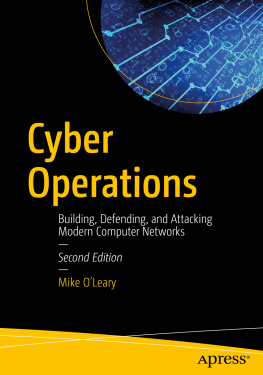
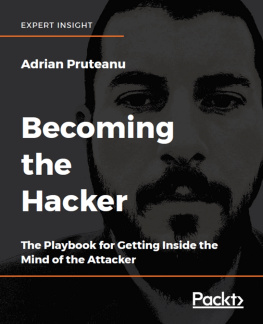
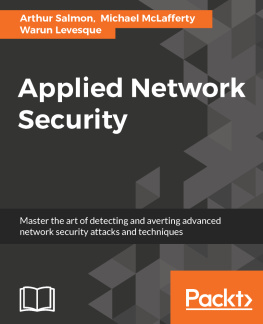
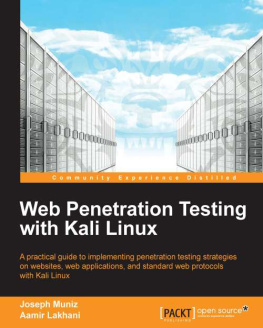
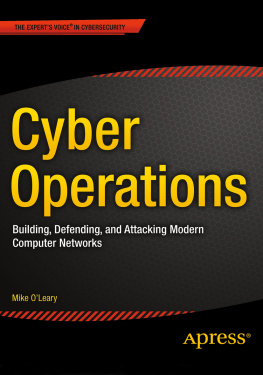
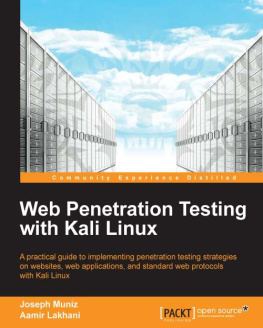
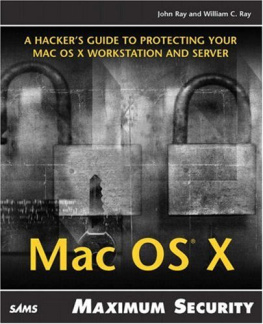



 Client-Side Attacks: An Overview
Client-Side Attacks: An Overview